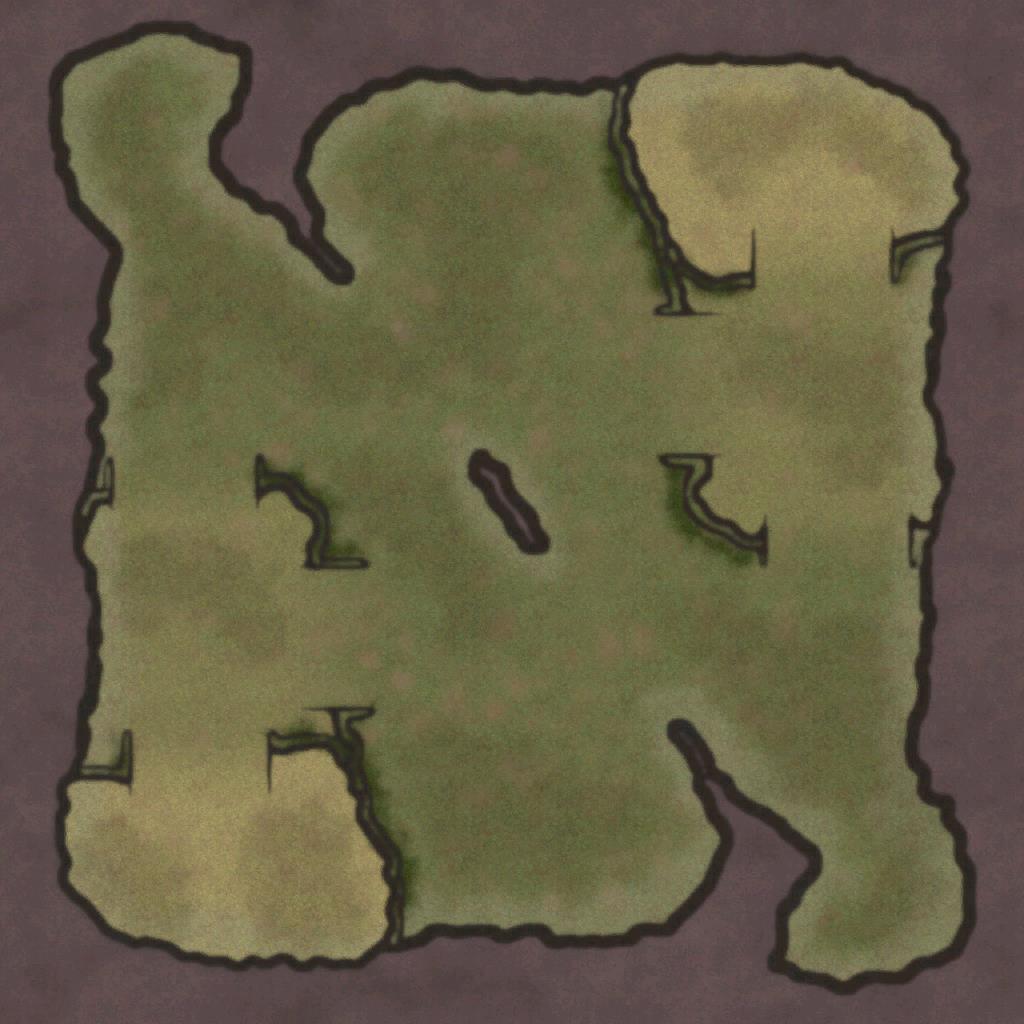| Title: | [A] Teams All Welcome |
| Host: | Nobody |
| Game version: | Zero-K v1.12.6.0 |
| Engine version: | 105.1.1-2511-g747f18b |
| Battle ID: | 1948660 |
| Started: | 18 months ago |
| Duration: | 53 minutes |
| Players: | 15 |
| Bots: | False |
| Mission: | False |
| Rating: | Casual |
Manual download
Team 1
Chance of victory: 18.8%



 Aquanim
Aquanim


 mankarse
mankarse

 Superepicgecko
Superepicgecko

 ruru
ruru


 travilnmic
travilnmic

 FlamingPope
FlamingPope


 kityengchivang
kityengchivang

 enshadowed_
enshadowed_
Chance of victory: 18.8%

 Aquanim
Aquanim

 Superepicgecko
Superepicgecko
 ruru
ruru

 FlamingPope
FlamingPope

 enshadowed_
enshadowed_
Spectators


 diligentdolphin
diligentdolphin


 Chesti
Chesti


 tinykill
tinykill


 PLT_skigear
PLT_skigear


 cooolcat1239
cooolcat1239

 gohanblanco4009
gohanblanco4009

 Psiling
Psiling

 ProfessorDonutz
ProfessorDonutz

 Candy
Candy

 NO1ITW
NO1ITW


 Elegerd
Elegerd





 gohanblanco4009
gohanblanco4009 Psiling
Psiling ProfessorDonutz
ProfessorDonutz Candy
Candy NO1ITW
NO1ITW





